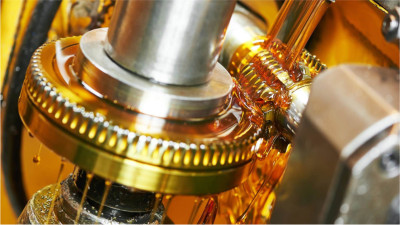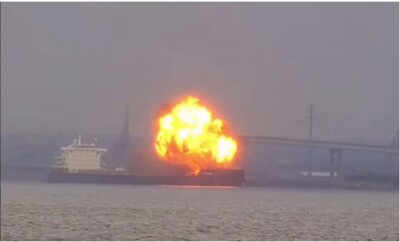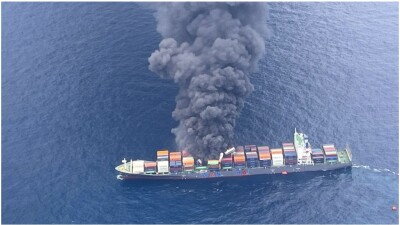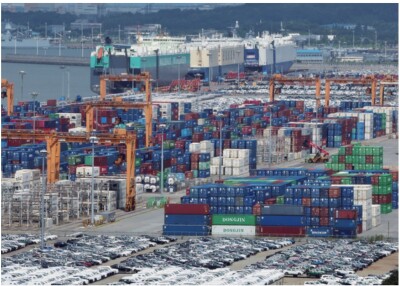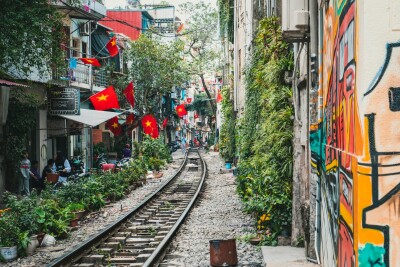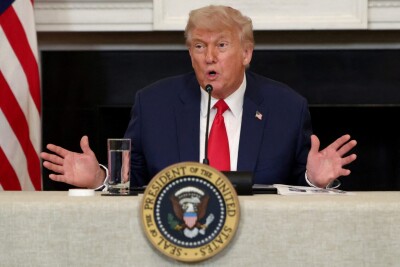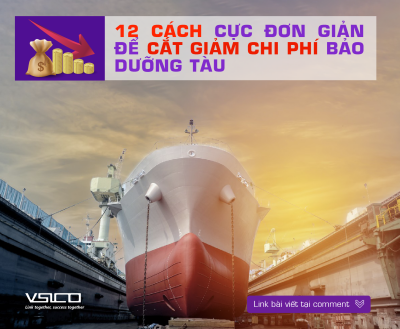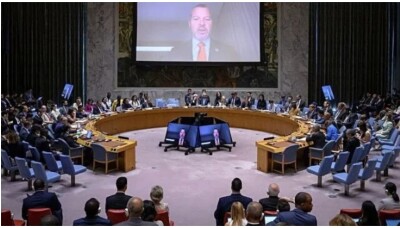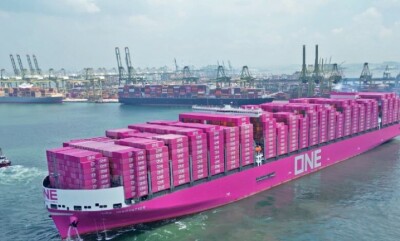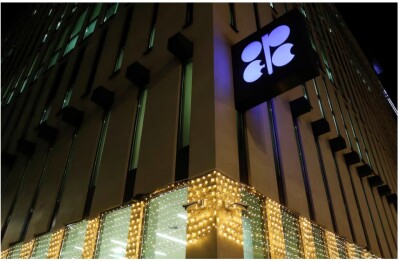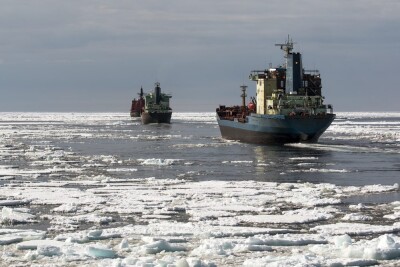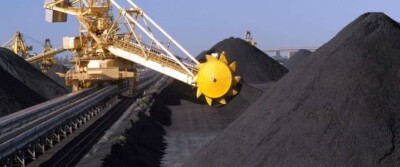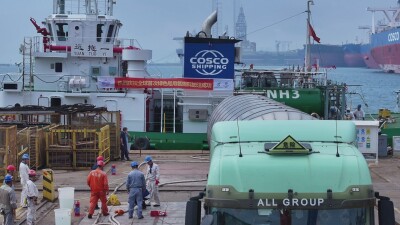Panama Canal to Enter Port Business With Dual-Terminal Tender
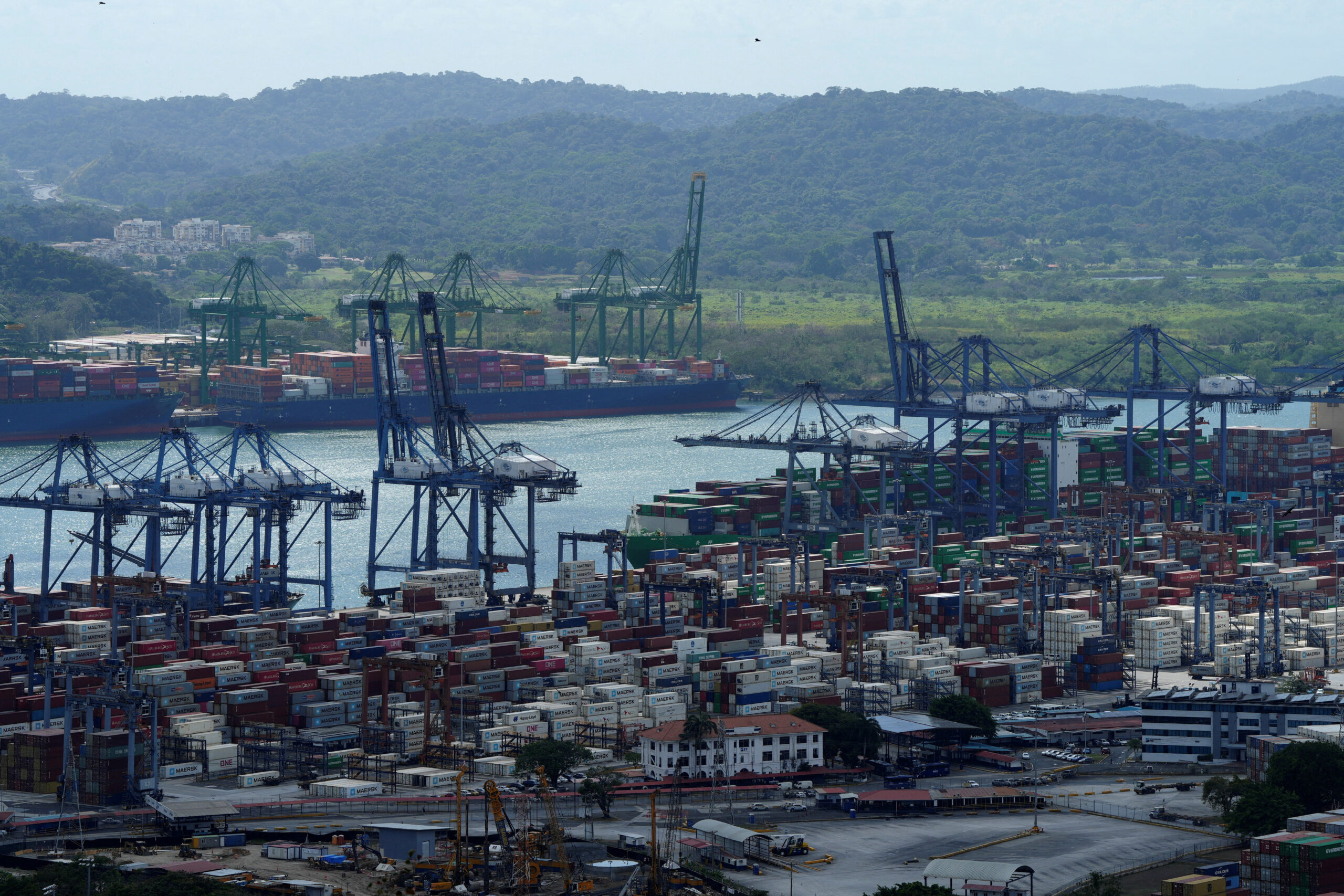
A view of the Balboa Port is pictured after Hong Kong's CK Hutchison agreed to sell its interests in a key Panama Canal port operator to a BlackRock Inc-backed consortium, amid pressure from U.S. President Donald Trump to curb China's influence in the region, Panama City, Panama, March 4, 2025. REUTERS/Enea Lebrun
The Panama Canal is planning to enter the ports business with a tender for two terminals, a move that comes amid a high-profile clash between the US and China over the waterway.
The Panama Canal Authority expects to open a tender to operate a port on the Atlantic coast and another on the Pacific, both of which would connect to a liquefied petroleum gas pipeline. They would be owned by the canal and likely operated by a third party, Ricaurte Vasquez, head of the authority, said during an interview Monday in New York.
“We are coming into the game of port terminals,” Vasquez said.
Panama’s ports have drawn intense scrutiny from Washington in recent months. US President Donald Trump has criticized Chinese influence over the canal, threatening to take back the waterway and falsely alleging that Beijing controls it. Panama President Jose Raul Mulino has repeatedly defended the canal as a Panamanian operation over which the country exercises full sovereignty.
Though China has no role in operating the canal, Hong Kong-based conglomerate CK Hutchison Holdings Ltd. has operated ports on the Atlantic and Pacific sides.
The canal authority’s plan to own ports is part of $8.5 billion in capital spending it’s proposing over the next seven years, including the LPG pipeline, a new water reservoir and roads and highways. Existing ports run by CK Hutchison subsidiary Panama Ports Co., located outside the canal’s jurisdiction, were concessioned in 1997 and use old technology.
The Panama canal will seek to use newer crane technology that moves cargo more efficiently, and compete with the more modern Port of Cartagena in nearby Colombia, Vasquez said.
“We believe we can leapfrog that situation and we can try to do it differently,” Vasquez said.
The decision comes as Mulino said his administration will draft a national maritime logistics strategy to determine a new framework for port operations in Panama. The country’s comptroller has filed suit against a contract extension with CK Hutchison’s local unit, potentially complicating the conglomerate’s plan to sell its global terminals business to a consortium involving BlackRock Inc.
The Panama Canal is seeing an unexpected windfall this year due to new US tariffs. Shippers of semi-manufactured goods and automobiles rushed to import products to the US before duties took full effect, helping boost canal revenues. The canal authority expects the front-loading of cargo to dissipate in the next fiscal year beginning in October, and forecasts revenue of around $4.4 billion next year, below roughly $5 billion this year, Vasquez said.
More plentiful rainfall this year has allowed the canal authority to maintain a draft of 50 feet (15 meters), which will likely continue through the end of the year, he said. A severe drought in the previous two years forced the canal to limit transits and use new water-saving techniques.
News
